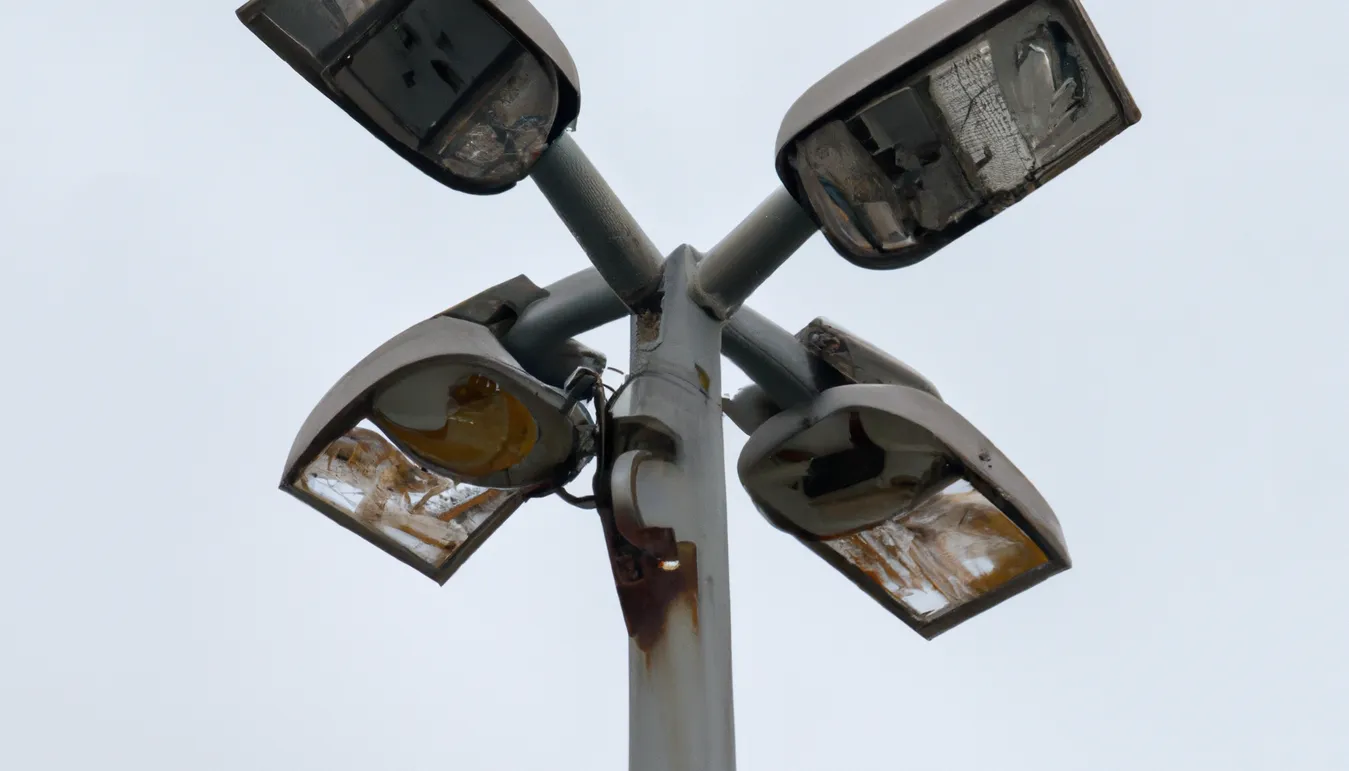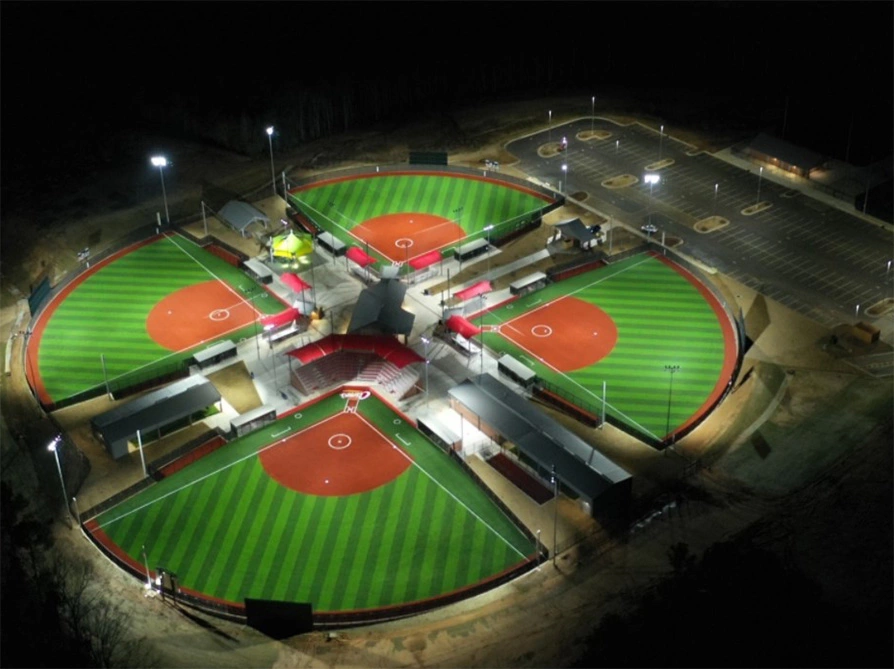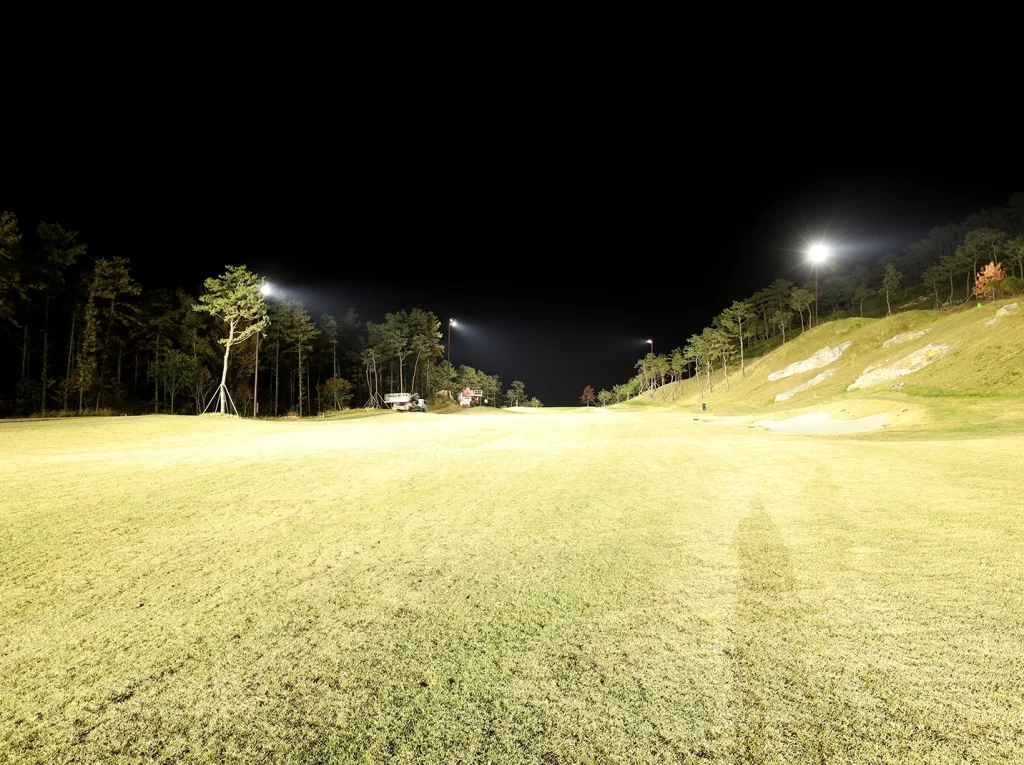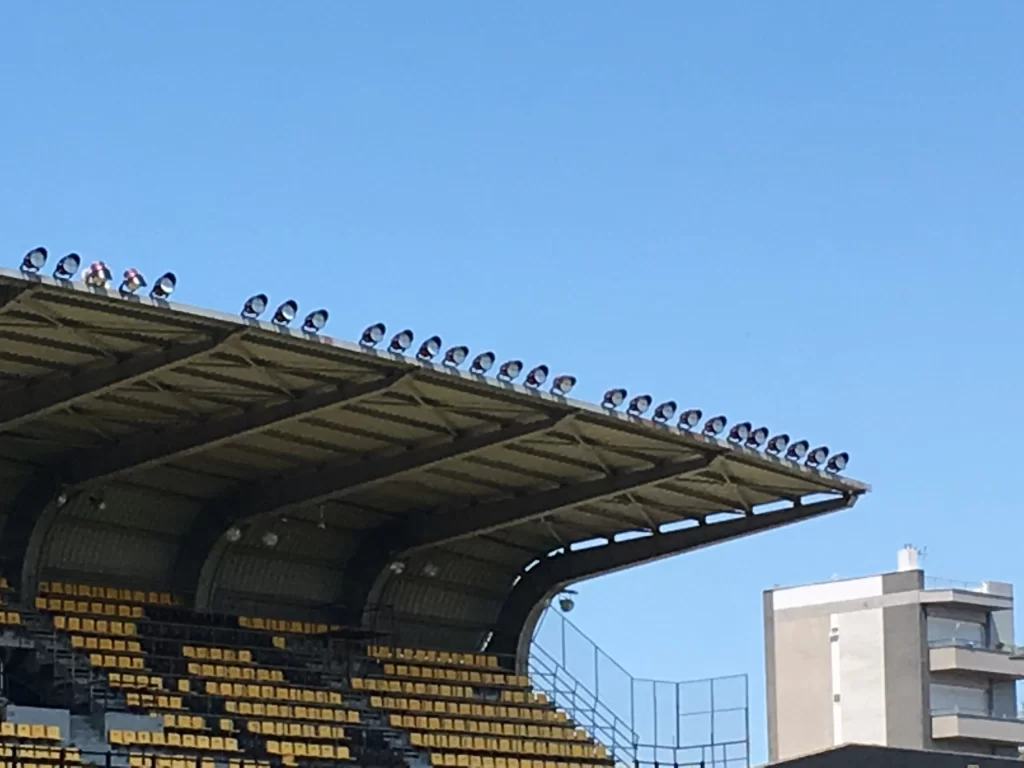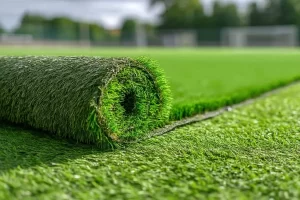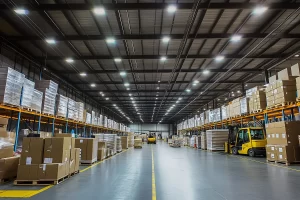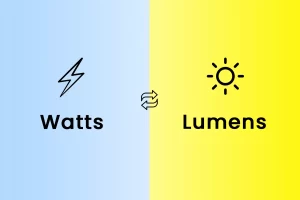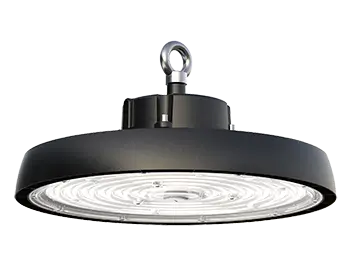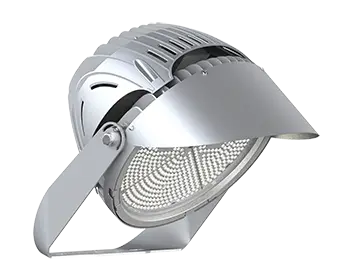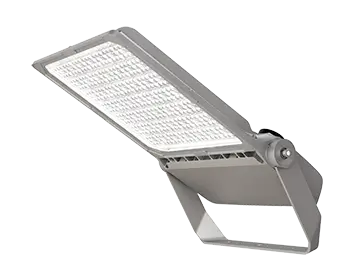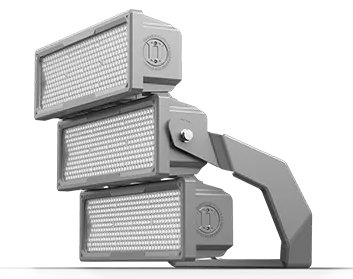We all love the glow of LED lights. They’re efficient, bright, and save us money in the long run. However, nothing is perfect, and for LED lights, rust is a potential issue. Before you wonder why your LED lights are dimming prematurely, let’s dive into understanding the science and solutions of rust in LED lighting.
Understanding the Basics
What is Rust?
Rust, in its most basic form, is the result of a chemical reaction between iron, oxygen, and water. It can eat away at metal and compromise its integrity, which, for our beloved LED lights, spells trouble.
Why Do LED Fixtures Corrode?
While LED fixtures themselves don’t rust, their metallic parts can. Moisture, exposure to corrosive environments, or poor quality materials can lead to this dreaded corrosion.
Importance of Preventing Rust in LED Lighting
Rusted LED fixtures not only look unsightly but can also lead to reduced performance and a shortened lifespan. More importantly, they can become a safety hazard if not addressed.
Causes of Rust in LED Lighting
Beyond just water and oxygen, factors like saltwater, humidity, and pollutants can accelerate rusting in LED fixtures.
Steps to Prevent Rust
Choose the Right Materials
When investing in LED lighting, look for fixtures made from stainless steel or aluminum, both of which resist rust better than other metals.
Proper Installation Techniques
Ensuring your LED fixtures are correctly installed, with no open areas for water ingress, can go a long way in rust prevention.
Routine Maintenance and Inspection
Like a doctor’s check-up but for your LED lights. Regularly inspect for signs of wear, tear, and corrosion.
Protective Coatings and Solutions
Consider coatings or sprays designed to protect metal from rust. Think of it as sunscreen for your LED fixtures!
Control of Environmental Factors
If your lights are near the coast or in high humidity areas, take additional precautions, such as using dehumidifiers or protective shields.
Signs of Rust in LED Lighting
Watch out for discolored patches, weakened fixture structures, or reduced LED performance. These might be cries for help!
Remedies for Already Rusted LED Fixtures
While prevention is better, there are treatments available for rusted parts, from rust converters to complete part replacements.
Long-Term Benefits of Rust Prevention
By preventing rust, you ensure your LED lighting shines bright, lasts longer, and remains safe for use.
Real-life Case Studies
Jane, from Florida, battled rust due to high humidity but triumphed with the right protective measures. Meanwhile, Bob from New York realized the value of regular inspections when he caught rusting early on.
Conclusion
In the end, while LED lights are a modern marvel, they’re not invincible. Rust can become their nemesis, but with the right knowledge and preventive measures, we can ensure they shine long and bright. Let’s light up our world, rust-free!
FAQs
Can LED lights themselves rust?
No, the LED lights themselves cannot rust. It’s the metal parts of their fixtures that are susceptible to rust.
How often should I inspect my LED lights for rust?
It’s a good practice to inspect them every 3-6 months, especially if they’re in high-risk areas.
Are there LED fixtures available that are entirely rust-proof?
While no material is entirely rust-proof, some like stainless steel and aluminum offer better resistance.
Can I replace just the rusted parts of my LED fixture?
Yes, depending on the severity of the rust, you can either treat or replace the rusted parts.
Do rusted LED fixtures consume more electricity?
Not necessarily, but their performance might diminish, leading to reduced brightness.


